Giving Money Back To Donors
Upaya has done something novel in the past few weeks – novel for us, at least – we’ve written checks to our donors… and it feels great. After 11 years of working on and fine-tuning our model, recoverable grant donors are getting funds returned to them because the investment that we made has returned capital to us. While this is good news for the donors, I believe that it is a critical inflection point not only for Upaya but as a bridge between the nonprofit sector and a more sustainable for-profit world. Let me explain what I mean.
When I started my career literally in another century, there was a stark dividing line between the nonprofit and private sectors. Nonprofit organizations were in a constant cycle of seeking resources to do work that desperately needed to be done, but that couldn't be done without subsidy. Far too often, when the donations stopped, the work ended, and the problem remained. I know that I am speaking in generalities and that pioneering organizations like the Ford Foundation were making social investments in the 1960s, but the vast majority of the sector was entirely driven by grants and contributions. It is still the case even today that most of the nonprofit sector is focused on needs that cannot be met by the market, and for those needs, philanthropy will always be the appropriate response.
What excites me, though, is the potential impact of linking together grants and investments, using philanthropy to tip market forces toward creating social impact. In a market-driven solution, the funds can be repaid and the impact from the solution continues. When these grants are returned to donors, that money can be redeployed to a completely different cause and create fresh impact there. This isn’t always possible, but when it happens, it is like multiplying our resources.
Upaya can recycle philanthropy this way because we aren’t working where there is a fundamental market failure. Our focus is where the market isn’t working…yet. We see companies that could be profitable and, more importantly, be crucial job creators in their communities; they are simply too early or their potential returns too modest to attract mainstream investors. Like all startups, there is no guarantee that they will be successful. In fact, without early investment and advisory support, it’s quite likely that they won’t achieve their potential and may even close. Upaya’s role is to be that bridge from uncertain future to stable employer. If we can prove that these companies are investable – by returning money back to us – we set the company up for success with other investors. What we do is called “de-risking” an investment so that other investors feel more confident coming in and helping the company grow to the next level. Unlike traditional nonprofit models, when we step out of the picture, the impact doesn’t end. The company continues to employ and create jobs for the neediest, even without further support from us. The potential for that kind of solution thrills me.
Supporting early stage companies like this is sometimes called “pioneering capital.” These are investments that take on the most risk by being a company’s first investor. We didn’t invent this. Upaya owes a debt of gratitude to Acumen for pioneering the pioneering capital idea. However, we did put our own spin on the process when we started creating partnerships with donors to fund our investments with recoverable grants. Fast Company even named us a finalist for its “world changing idea awards.” For investments that can create huge social impact, using recoverable grants to fuel this kind of pioneering capital is a natural fit. The companies we invest in are all generating powerful impact through the jobs they create, which is an objective we share with our donors. Even if the company never repays their investment, their grant will have made a huge difference in the lives of those whose jobs were created. The financial risk is worth taking when the impact risk is so low.
Coming back to my excitement at writing a check to a donor this week – so far, our theory of recycling philanthropy had been just that, a theory. We’ve now made it a reality by closing the loop and returning funds to donors who will make new grants with that money. We can see more financial returns from our portfolio in our near-term horizon and we are continuing to build partnerships with other donors who want to recycle their capital. This will enable us to continue growing and reach new companies that need just that little bit of support to become sustainable. Now that we’ve proven our ability to return recoverable grants, it’s as if the last, crucial puzzle piece of the Upaya program model has snapped into place.
MEDIA CONTACT:
Madlin D’silva
mdsilva@upayasv.org
